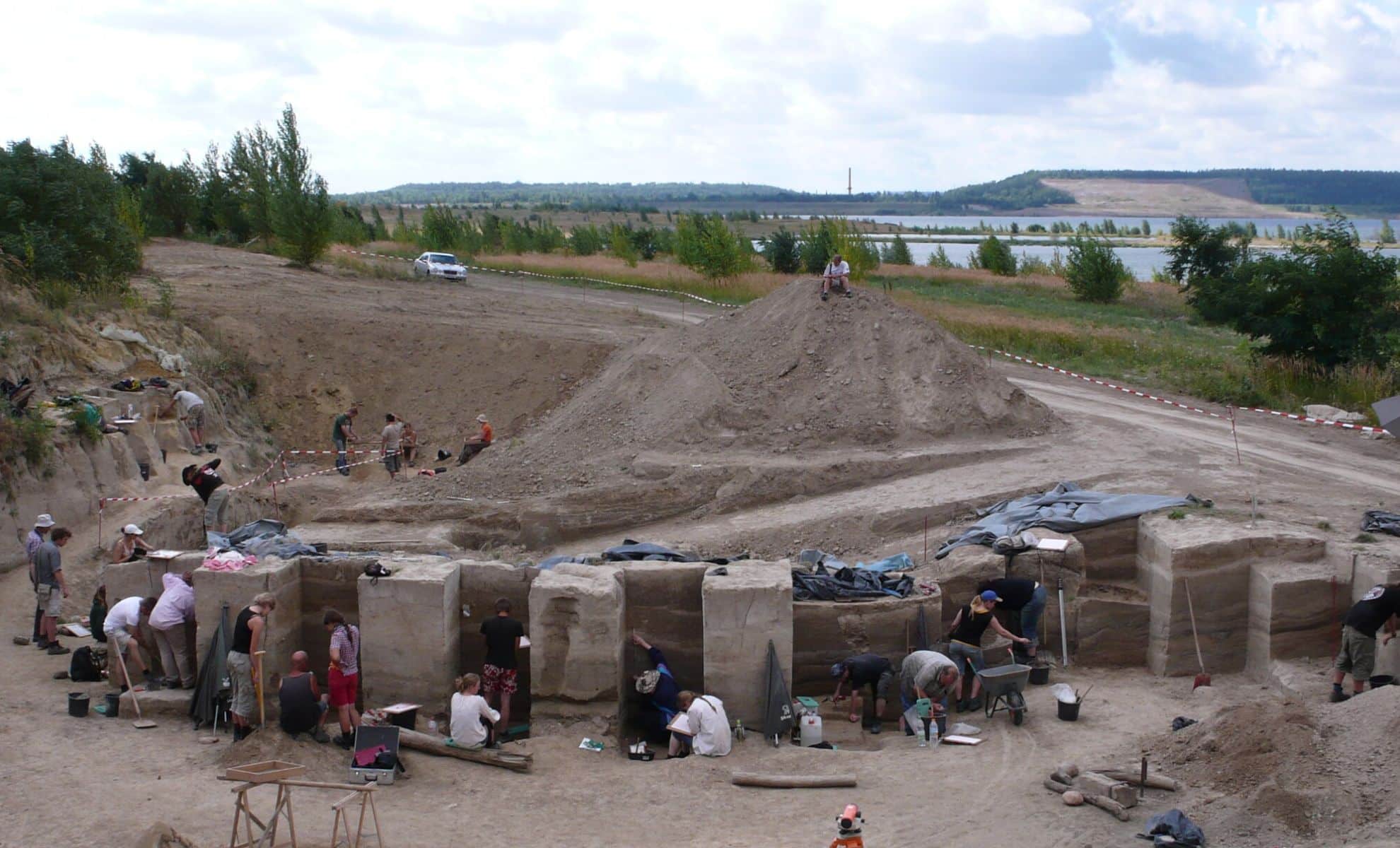
Neanderthals Were Rendering Fat 125,000 Years Ago: New Evidence Revealed
How did your country report this? Share your view in the comments.
Diverging Reports Breakdown
Neanderthals Were Rendering Fat 125,000 Years Ago: New Evidence Revealed
Neanderthals at the Neumark-Nord site practiced large-scale fat extraction from bones, marking one of the earliest known instances of grease rendering. This method of fat extraction was crucial for their survival, particularly during harsh winter months when carbohydrates from plants were scarce. The extraction of fat from animal bones allowed Neanderthals to avoid “rabbit starvation,” a potentially fatal condition resulting from excessive protein intake. By processing fat-rich bones, they were able to create calorie-dense food sources that could be stored for later use. This adaptation would have been crucial during the winter months, when plant-based foods were less abundant, and fat from animals provided a much-needed source of energy to help sustain them through lean times. The discovery of this “fat factory” predates similar evidence of fat rendering by modern humans by thousands of years, changing the timeline of early human food processing. The bones found at the site were predominantly from animals with high fat content, such as the femurs and jawbones.
The Neumark-Nord region in Germany has provided rich archaeological evidence of Neanderthal bone processing activities. Neanderthals at the Neumark-Nord site practiced large-scale fat extraction from bones, marking one of the earliest known instances of grease rendering. This method of fat extraction was crucial for their survival, particularly during harsh winter months when carbohydrates from plants were scarce. The bones they processed came from large mammals, including horses, bison, and deer, showcasing the Neanderthals’ ability to maximize caloric intake by extracting not just marrow but also the nutritious fats embedded in the bones.
Neanderthal “Fat Factory”: A Closer Look at Their Bone Processing
The archaeological site at Neumark-Nord 2/2B presents evidence of a specialized location where Neanderthals processed large quantities of animal bones, turning them into fat-rich nutrients. Researchers found over 170 large mammals’ remains, which were processed for their marrow and fat. Notably, the bones were cracked, boiled, and then skimmed to extract fats—a technique that allowed Neanderthals to supplement their protein-heavy diet, which could otherwise result in protein toxicity.
Massive bone processing. At the Neumark-Nord 2 site, near the margin of a shallow pool, there is a dense concentration of bones from more than 170 larger mammals (highlighted in blue), mixed with flint artifacts (red) and hammer stones (red). All bones larger than 3 cm were carefully recorded during excavation and plotted together, creating the impression of a “bone floor” produced by Neanderthal activity at the site. Many of the bones were found in rounded depressions at the base of the excavation layer, as shown in the insets. These depressions represent the final stage of excavation, when most of the bones had already been removed, leaving only the remaining bone fragments at the bottom. Credit: Kindler, LEIZA-Monrepos
The discovery of this “fat factory” predates similar evidence of fat rendering by modern humans by thousands of years, changing the timeline of early human food processing. The bones found at the site were predominantly from animals with high fat content, such as the femurs and jawbones, and were subjected to extensive processing. These bones were crushed, heated, and boiled, suggesting that the Neanderthals had an advanced understanding of how to extract and store fat from their prey for later use.
From complete bones to tiny fragments. At the Neumark-Nord 2/2B sites, imported bones were initially smashed open to extract marrow from the hollow cavities (see A; arrows indicate hammerstone impacts on an aurochs humerus). Afterward, the bones were crushed and chopped into smaller pieces (shown in B to F, again from a humerus as seen in A) to facilitate the extraction of grease from both the spongy and compact bone tissue. Approximately 2,000 tiny bone fragments accidentally came into contact with fire after boiling, resulting in typical coloration (ranging from dark brown and black to white) and texture commonly found in heated bones. Credit: Kindler, LEIZA-Monrepos
The Role of Fat in Neanderthal Diets: A Critical Survival Resource
Fat was an essential macronutrient for Neanderthals, especially considering the high caloric demands required by their hunter-gatherer lifestyle. The extraction of fat from animal bones allowed Neanderthals to avoid “rabbit starvation,” a potentially fatal condition resulting from excessive protein intake. This adaptation would have been crucial during the winter months, when plant-based foods were less abundant, and fat from animals provided a much-needed source of energy to help sustain them through lean times.
Researchers believe the Neanderthals may have developed these fat rendering techniques as a response to the seasonal challenges of hunting and foraging. By processing fat-rich bones, they were able to create calorie-dense food sources that could be stored for later, providing them with the necessary energy to survive through difficult months when other food sources were limited. This ability to adapt their food processing techniques likely contributed to their survival in challenging environments.
A Peek into Neanderthal Adaptability: The Evidence at Neumark-Nord
The Neumark-Nord findings not only reveal Neanderthal food processing strategies but also highlight their resourcefulness in utilizing available materials. The site was located near a water source, which likely facilitated the boiling process for extracting fats. Archaeologists also found evidence of extensive bone fragment clustering, which indicates that the Neanderthals were intentionally transporting and processing large quantities of bones from multiple animal species.
Interestingly, the excavation also uncovered signs of sophisticated tool use, including anvils and hammerstones, which were likely employed to break the bones and extract the fat. These findings indicate that the Neanderthals were not just simple hunters but rather sophisticated foragers with a deep understanding of their environment and the resources available to them. The large-scale processing of animal bones for fat extraction was likely a collective effort, with Neanderthals working together to ensure the community’s survival during periods of scarcity.
Source: https://indiandefencereview.com/neanderthals-rendering-fat-125000-years/
